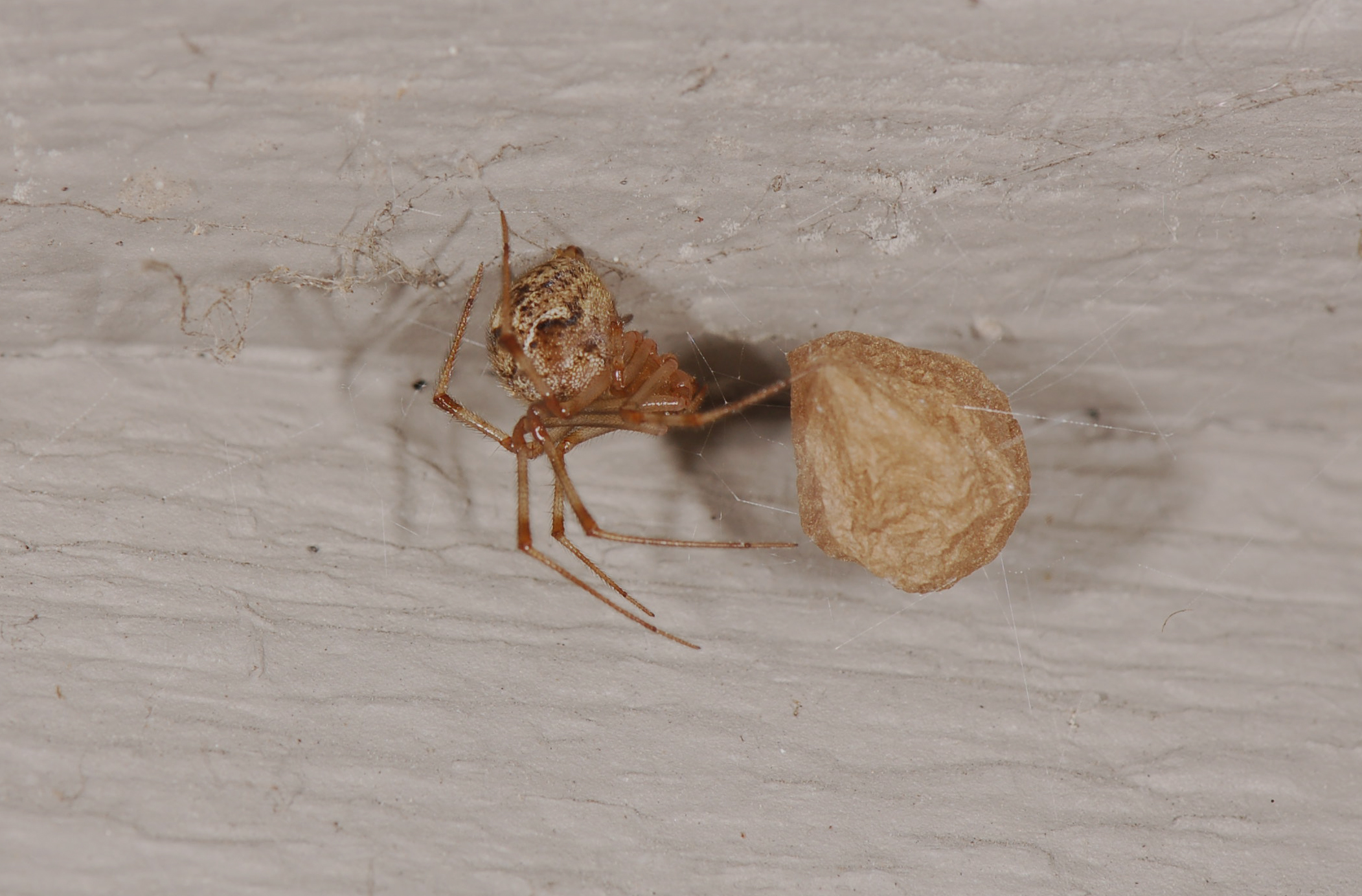american house spider eggs
Opened up the box and saw a lot of dead bees an egg. Unlike most other pests they do not destroy objects around the house either.

Parasteatoda Tepidariorum Common House Spider Spider Identification Pictures
American Standard has stepped it up with focus on more elegant traditional and sleek modern designs while keeping cost in mind.
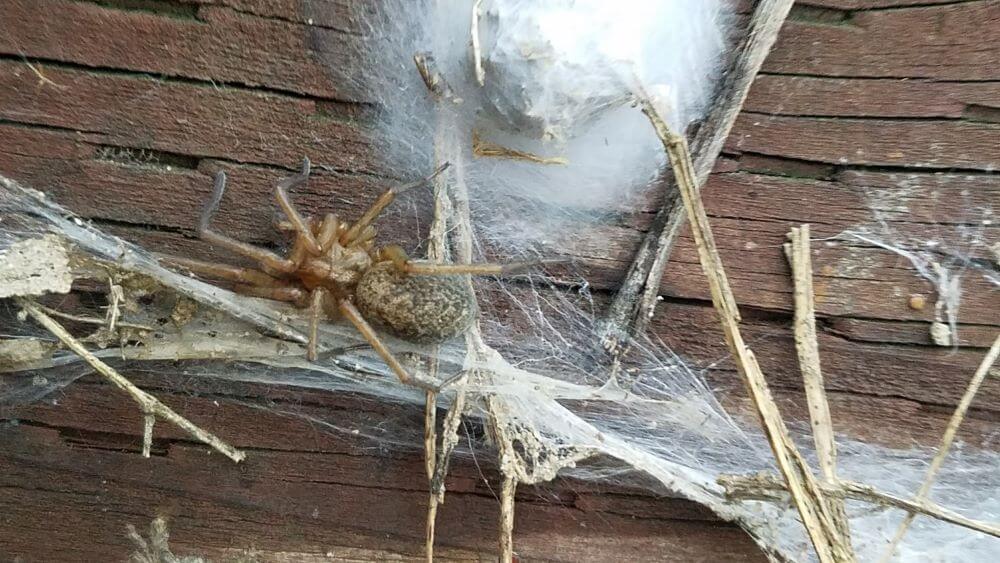
. These are some of the egg sacs spiders can hide on the spider web or carry with them around the house. Female spiders of this species range in size from 316 to 516 of an inch and vary in color from dirty white to brown. Helpful 1 November 26 2012.
Some mother spiders sacrifice themselves. No Comments Sign in to comment. The American house spider also referred to as the common house spider cobweb spider domestic house spider Tegenaria domestica and comb footed spider Genus parasteatoda.
Once a spider enters your home it can start laying eggs very quickly. The house spider egg sack is spherical with spike-like formations on its outer surface. Many female spiders die in the autumn after producing an egg sac.
Females tend to be a little larger than the males. Species ID Suggestions Sign in to suggest organism ID. Several egg sacs may be produced by a single.
With a history dating back to 1886 American Water NYSEAWK is the largest and most geographically diverse US. House spiders are brown and some individuals may. Publicly traded water and wastewater utility company.
The common house spider is small less than a quarter of an inch 06 centimeters long. What is an egg sac. American House Spider Egg Sack.
Types of American Spiders American House Spider Identification. But some other species live through the winter for 2 or more years. But what they will do is that they will ruin your food and cause it to go bad.
This will eventually result in your. Our most common indoor spider the American house spider can deposit up to. Diet and predation American house spiders usually feed on household pests such as flies mosquitoes ants and wasps.
Spider eggs typically hatch in 2 to 3 weeks which can vary based on species. A female spider wraps her eggs in a silken egg sac which she hides in her web or carries around with her. Eggs are produced from late spring through late summer in light brown pear-shaped sacs covered with loose silk that hang in the web.

Spider Egg Sac 10 Facts You Should Know Identification Chart
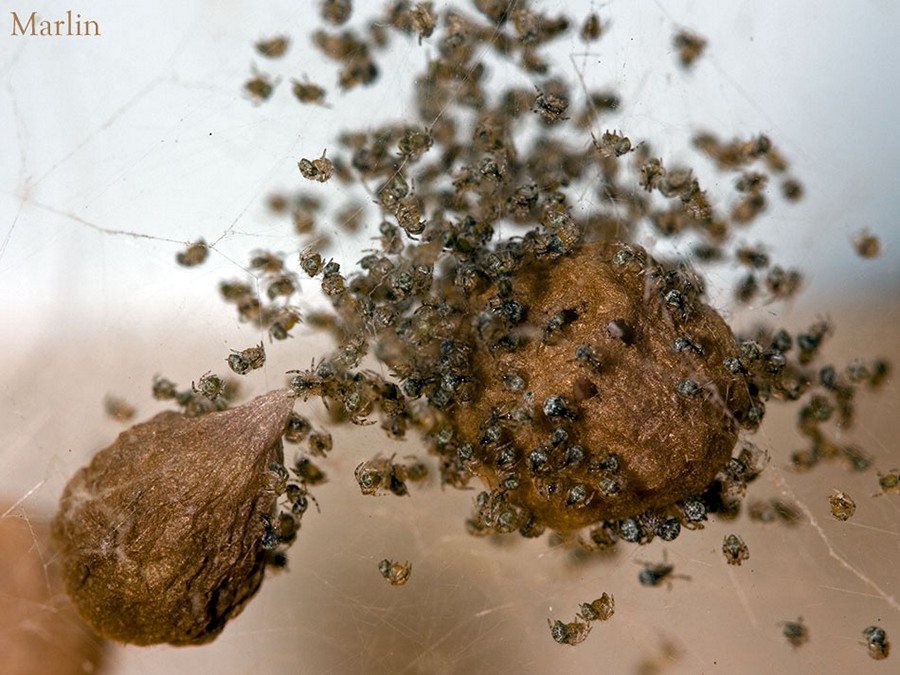
Common House Spider Parasteatoda Tepidariorum North American Insects Spiders

File Common House Spider Parasteatoda Tepidariorum Leesylvania State Park Woodbridge Virginia Jpg Wikimedia Commons

7 Tiny Brown Spiders That Invade Us Houses With Pictures
Parasteatoda Tepidariorum Wikipedia

Identify House Spiders Prevent Infestation Purcor Pest

Common House Spider Long Leggedy Beasties
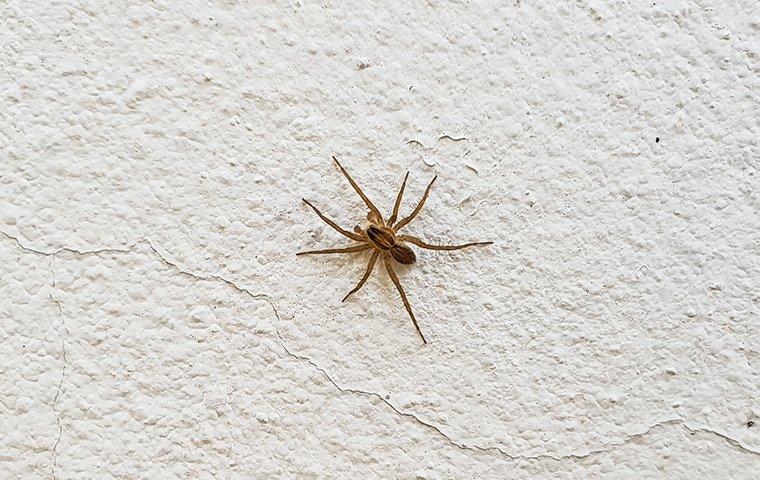
Blog The Key To Effective Spider Control In Southern California

Spider Egg Sac 10 Facts You Should Know Identification Chart

Common House Spider With Egg Sac And Spiderlings Parasteatoda Tepidariorum Bugguide Net
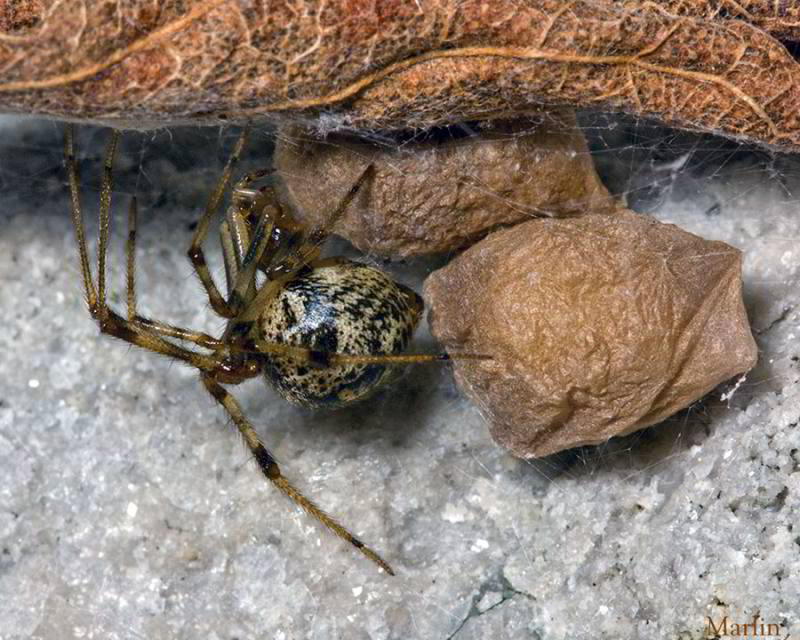
Cobweb Spider Theridion Sp North American Insects Spiders
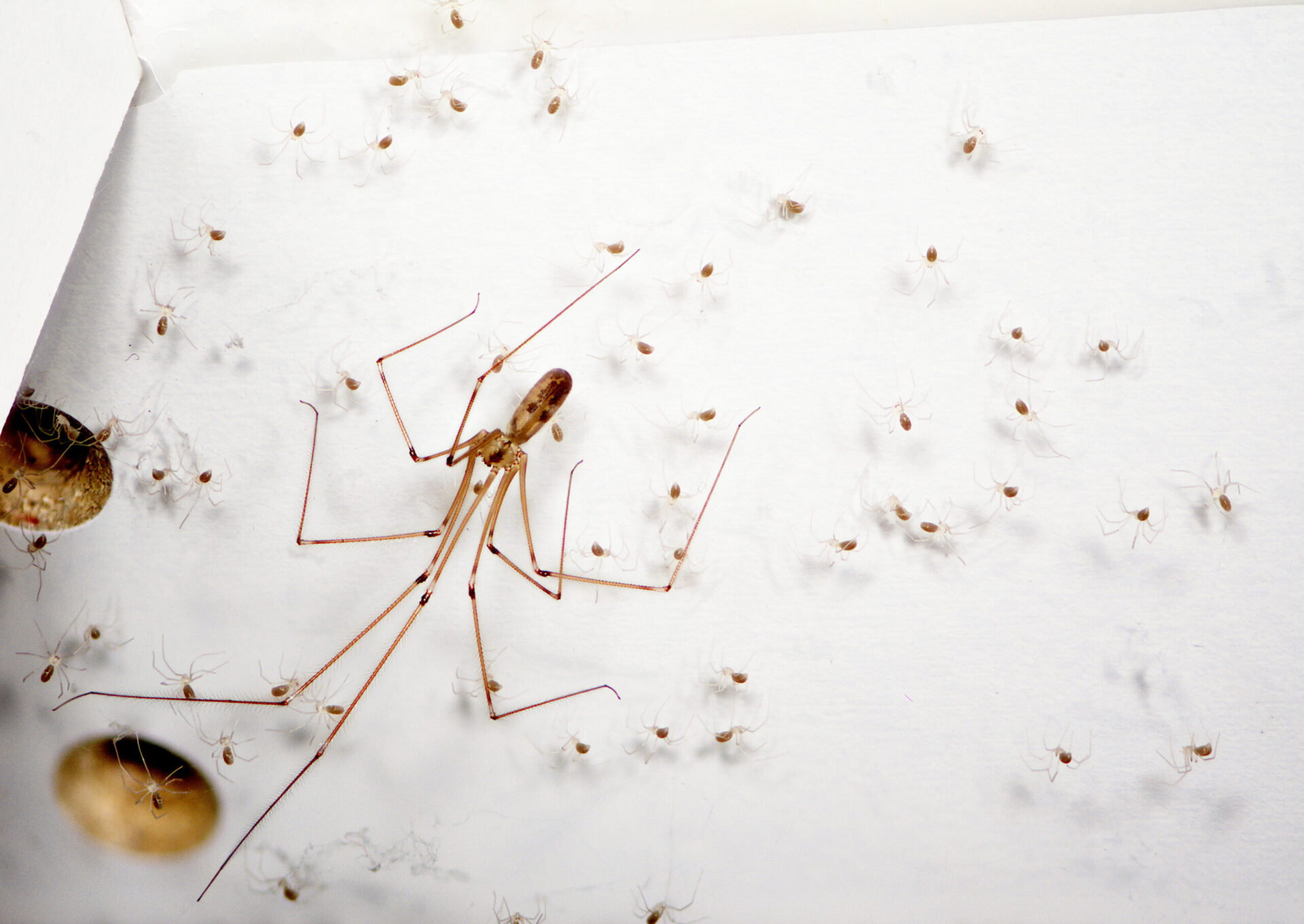
4 Most Common Spiders In New England Catseye

American House Spider Catseye Pest Control

Portland Oregon Spider Eggs Drama In A Little Corner Flickr

House Spiders Pest Control Bulwark Exterminating
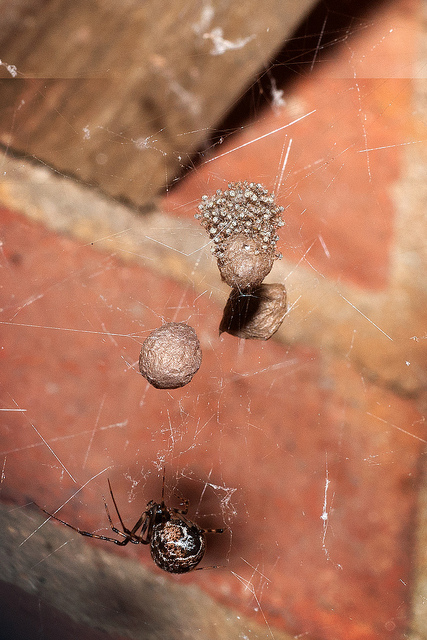
Maryland Biodiversity Project Common House Spider Parasteatoda Tepidariorum

